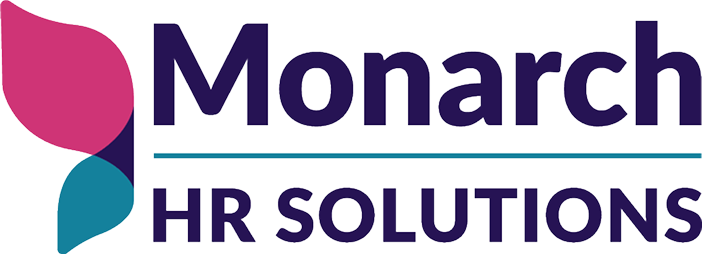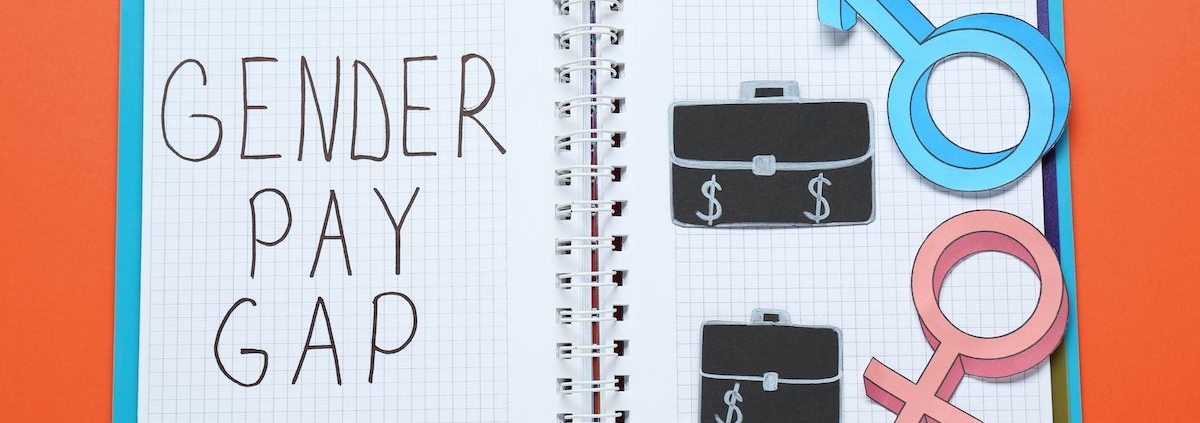By Kimberly Kafafian
This month we celebrate International Women’s Day and Equal Pay Day. In acknowledgement of both, I need to shine the spotlight again on gender pay equity. In reviewing our long history with pay equity issues, efforts toward equal pay continue to feel like lip service. In 1942, the National War Labor Board encouraged businesses to provide equal pay to women who replaced male workers. A few years later, in 1945, the Women’s Equal Pay Act was put before Congress. The Act would have made it illegal to pay women less than men for work that was “comparable quality and quantity.” The Act failed to pass, and pay equity stalled during the 1950s.
By the early 1960s, women made two-thirds less than men in similar roles. The need for federal equal pay protection gave way to John F. Kennedy’s Presidential Commission on the Status of Women. A Congressional bill was led by four women: Esther Peterson, former First Lady Eleanor Roosevelt, and Representatives Katharine St. George and Edith Green. Despite opposition from powerful business groups, the Equal Pay Act was signed into law on June 10, 1963.
Although several other laws having been passed since then, including the Lilly Ledbetter Fair Pay Act of 2009, last month, the Center for American Progress (CAP) issued distressing findings in their The State of Women in the Labor Workforce report. Even though women’s participation in the workforce returned to pre-pandemic levels, the Center found that women are still paid less than men and that this worsens with age. The gap is even wider for Latina women and women of color. As HR professionals, we see it every. single. day. And we both live and work in New Jersey, which passed the Diane B. Allen Equal Pay Act in 2018.
With the women’s movement of our foremothers decades behind us, why do we still have to fight so hard for equal pay, as well as equal opportunities? Eradicating long-standing structural inequalities, biases, and the imbalanced burdens that are interfering with women’s full and equal participation in the workforce and economy needs to be made a priority.
A Look at Current Numbers
According to the CAP report:
- Ages 16-24 – women’s median weekly earnings are about 8 percent lower than men’s
- Prime Age – women earn 16 percent less than men
- Ages 55-64 – women earn 22 percent less than men
- 65+ – women earn 27 percent less than men of the same age
These findings are compounded by the fact that women’s earnings seem to plateau mid-career, while those of men continue to climb.
What does this gender pay gap look like in terms of dollars and cents? In 2022, women made $.82 for every dollar men made, regardless of the industry, type of position, or years of experience. This gap is wider for Latina women ($0.57) and women of color ($.63).
The pay discrepancy harms individuals, families, communities, and economies. Women have less income to cover daily needs, less disposable income to spend on goods, less money to invest in retirement savings, and less Social Security benefits down the road.
The World Economic Forum states that it may take over 100 years to close the global gender pay gap. This assertion is disheartening and unacceptable.
Pay Equity Roadblocks
Policymakers, and society as a whole, need to address the impediments causing the gap, which include:
Occupational Segregation
Women are still overrepresented in lower-paying occupations that don’t require higher education, which is a direct result of societal biases and policy.
Caregiving Disparities
When it comes to caregiving, women bear a disproportionate burden, both in terms of child care and caring for sick or aging loved ones. Many women reduce their work schedules or leave the workforce completely in order to be the main family caregiver. The CAP found they are 5 to 8 times more likely to have caregiving impact their employment compared to men. This career path interruption has a significant effect on professional development opportunities and long-term earning potential.
Biases in Hiring and Promotion Practices
Even now there is an underlying bias when it comes to hiring and promoting women. One study found that women are 30% less likely to be called for a job interview than men with the same characteristics, while another study revealed that women on average were 14% less likely to be promoted than men counterparts.
Actions to Impact Change
We all need to work together to close the gender pay gap and achieve pay equity – hopefully much sooner than 100 years. Here are some actions to help affect change:
Pay Transparency and Equity Policies
More and more jurisdictions are requiring proactive pay disclosure, which will hopefully narrow the wage discrepancies. Some are even enacting pay equity policies. Most recently, New York City’s mayor signed a bill to address pay disparities among municipal workers. The City Council in Columbus, Ohio just introduced legislation that would bar employers from asking job candidates about their salary or credit history under most circumstances, and Massachusetts has a pay equity bill pending before the legislature.
DEIB Initiatives
Making DEIB part of your core values can help close the wage gap. Conduct bias training to create a more inclusive workforce, from hire through promotion. Publishing the wage ranges for all levels of roles to equal the playing field. Look for salary discrepancies with pay equity audits, and ensure employees of equal experience, and in similar roles, are paid the same. Invest in professional development to achieve better representation in management and executive roles.
Family Leave Policies
Paid family and medical leave will aid in equalizing caregiving, which in turn will help close the wage gap. This leave increases the likelihood of women returning to work after childbirth or caring for a sick loved one, which in turn enhances women’s career paths and earning potential.
Women can’t – and shouldn’t – wait for equal pay and equal treatment. We must all advocate for change and work together to achieve it.

